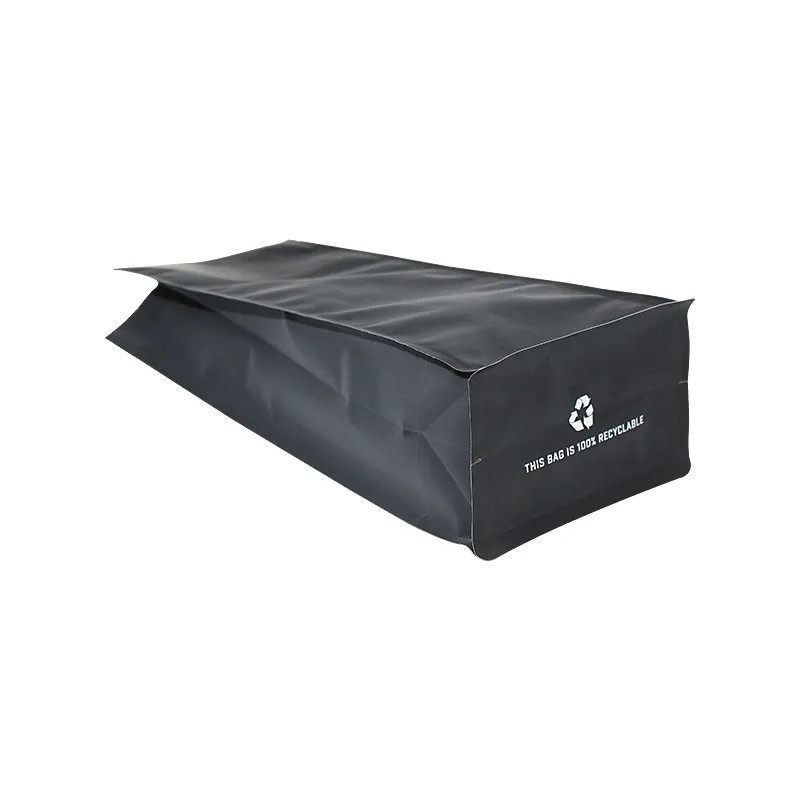- Afrikaans
- Albanian
- Amharic
- Arabic
- Armenian
- Azerbaijani
- Basque
- Belarusian
- Bengali
- Bosnian
- Bulgarian
- Catalan
- Cebuano
- chinese_simplified
- chinese_traditional
- Corsican
- Croatian
- Czech
- Danish
- Dutch
- English
- Esperanto
- Estonian
- Finnish
- French
- Frisian
- Galician
- Georgian
- German
- Greek
- Gujarati
- haitian_creole
- hausa
- hawaiian
- Hebrew
- Hindi
- Miao
- Hungarian
- Icelandic
- igbo
- Indonesian
- irish
- Italian
- Japanese
- Javanese
- Kannada
- kazakh
- Khmer
- Rwandese
- Korean
- Kurdish
- Kyrgyz
- Lao
- Latin
- Latvian
- Lithuanian
- Luxembourgish
- Macedonian
- Malgashi
- Malay
- Malayalam
- Maltese
- Maori
- Marathi
- Mongolian
- Myanmar
- Nepali
- Norwegian
- Norwegian
- Occitan
- Pashto
- Persian
- Polish
- Portuguese
- Punjabi
- Romanian
- Russian
- Samoan
- scottish-gaelic
- Serbian
- Sesotho
- Shona
- Sindhi
- Sinhala
- Slovak
- Slovenian
- Somali
- Spanish
- Sundanese
- Swahili
- Swedish
- Tagalog
- Tajik
- Tamil
- Tatar
- Telugu
- Thai
- Turkish
- Turkmen
- Ukrainian
- Urdu
- Uighur
- Uzbek
- Vietnamese
- Welsh
- Bantu
- Yiddish
- Yoruba
- Zulu
Exploring the Characteristics and Uses of Kraft Paper in Various Applications
The Versatility of Kraft Paper A Comprehensive Overview
Kraft paper, known for its strength, durability, and eco-friendliness, has become a staple in various industries. Its unique properties make it an ideal material for a range of applications, from packaging to crafts. This article explores the characteristics, production process, uses, and environmental impact of kraft paper.
Characteristics of Kraft Paper
Kraft paper is made from wood pulp, derived primarily from hardwood or softwood trees. The name kraft comes from the German word for strength or power, reflecting the paper's robust nature. Unlike conventional paper, which often undergoes extensive bleaching and processing, kraft paper retains a higher proportion of cellulose, contributing to its greater strength and resistance to tearing.
Typically brown or tan, kraft paper can also be tinted in various colors. Its texture is rougher than that of standard paper, giving it a rustic appearance. Kraft paper is available in different weights, ranging from lightweight for wrapping paper to heavy-duty variants used for industrial applications.
Production Process
The production of kraft paper involves a specialized process known as the Kraft process, which dates back to the 19th century. This method uses a combination of chemicals—primarily sodium hydroxide and sodium sulfide—to break down wood fibers into pulp. The result is a thick, fibrous pulp that is then washed and screened to remove impurities.
After the pulp has been prepared, it is dewatered and dried to form sheets of kraft paper. The drying process enhances the paper's strength and makes it suitable for various uses. Depending on the desired characteristics, additives may be included in the production process to enhance qualities such as water resistance or printability.
Applications of Kraft Paper
Kraft paper's versatility has led to its adoption across multiple sectors
kraft paper paper

1. Packaging One of the most common uses of kraft paper is in packaging materials. Its strength makes it ideal for making bags, boxes, and wrapping materials. Many companies prefer kraft paper for its sturdiness as well as its natural look, which appeals to environmentally conscious consumers.
2. Crafts and DIY Projects Due to its various weights and textures, kraft paper is popular in the crafting community. It can be used for scrapbooking, card making, and other artistic endeavors. Its ability to be easily painted, stamped, or adorned with embellishments makes it a go-to choice for creative projects.
3. Food and Beverage Kraft paper is often used for food packaging, including bags for bread, coffee, and fast food. It is biodegradable and can be treated to improve grease and moisture resistance without compromising its natural properties.
4. Construction and Industrial Uses Heavy-duty kraft paper is utilized in the construction industry for products like protective wrap for buildings and surfaces. Its durability makes it an excellent choice for various industrial applications, including insulation and bulk packaging.
Environmental Impact
In today's world, sustainability is a key factor influencing material choices. Kraft paper is often considered an eco-friendly option because it is made from renewable resources. The production process is less environmentally harmful than that of many other types of paper, as it uses fewer chemicals and results in less wastewater. Additionally, kraft paper is fully recyclable and can be composted, making it a smart choice for environmentally conscious consumers and businesses.
Moreover, many manufacturers source wood from sustainably managed forests, ensuring that their production does not contribute to deforestation or habitat loss. Recycled kraft paper is also widely available, offering a circular option that reduces waste.
Conclusion
Kraft paper stands out as a versatile, strong, and eco-friendly material that meets the needs of a wide range of industries. Its unique properties and production process provide numerous benefits, making it a preferred choice for packaging, crafting, and industrial applications. As sustainability continues to gain emphasis, kraft paper is well-positioned to play an essential role in promoting environmentally responsible practices. Consumers and businesses alike can benefit from understanding the advantages of this remarkable material, paving the way for increased adoption in the years to come.













